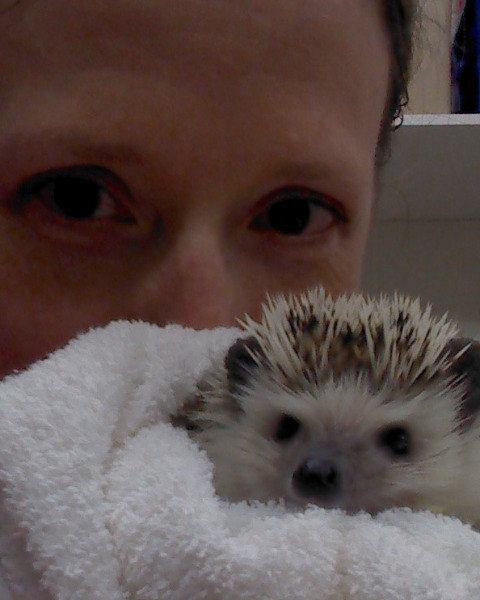Back
Preparing for Takeoff: Creating a Personalized Anesthetic Plan for Every Patient
Small Animal
Large Animal
Anesthesia
Allied Medicine
Technicians
Preparing for Takeoff: Creating a Personalized Anesthetic Plan for Every Patient
Integrative Approaches To Team-Centered Perianesthetic Care
Saturday, October 15, 2022
10:15am – 11:15am
Location: B113-114

Katrina S. Lafferty, BFA, RLAT, CVT, VTS (Anesthesia/Analgesia)
University of Wisconsin-Madison Veterinary Medical Teaching Hospital
Verona, Wisconsin
Speaker(s)
Many times, the focal point of anesthesia is the time after the patient has been induced and is under general anesthesia. However, in order to have an anesthetic event that is as smooth and safe as possible, every patient needs a personalized anesthetic plan that takes into consideration a variety of factors. The 2020 AAHA Anesthesia Guidelines include recommendations for creatinga comprehensive anesthetic plan that covers premedication, induction and intubation, anesthetic and analgesic maintenance, physiologic monitoring and recovery from anesthesia. Each of these considerations should be examined as part of the preparative phase. Patient signalment, history (including current and past medications, comorbidities), complete physical examination, multi-faceted diagnostic analysis, type and length of procedure, analgesic requirements, monitoring needs and challenges, and recovery concerns should all be considered. The goal of the anesthetic plan and peri-anesthetic period should be to minimize stress (for patient and anesthetist), provide appropriate monitoring and analgesia, and anticipate anesthetic complications at all stages.
Learning Objectives:
- Understand and utilize 2020 AAHA Anesthesia Guidelines as applicable to patient preparation and safety
- Understand necessary information required in the pre-operative phase including physical exam, ASA status, co-morbidities, client communication, and consent forms
- Understand and utilize pre-anesthetic work up forms to create individualized patient anesthetic and monitoring plans
